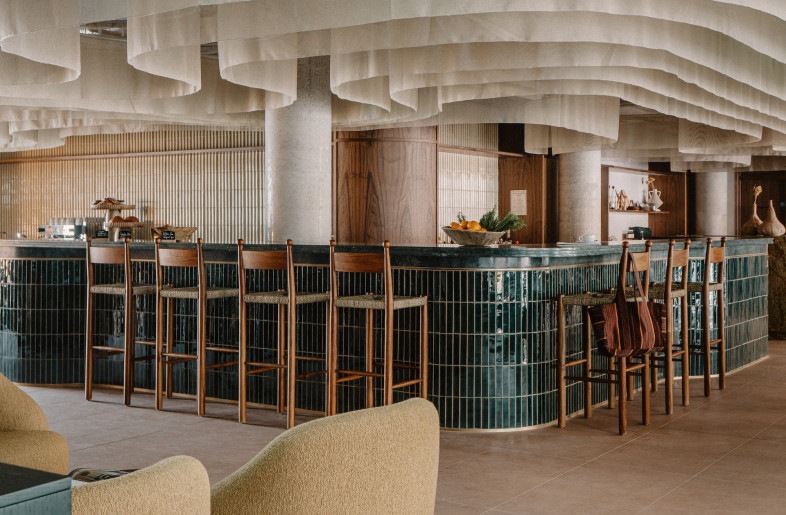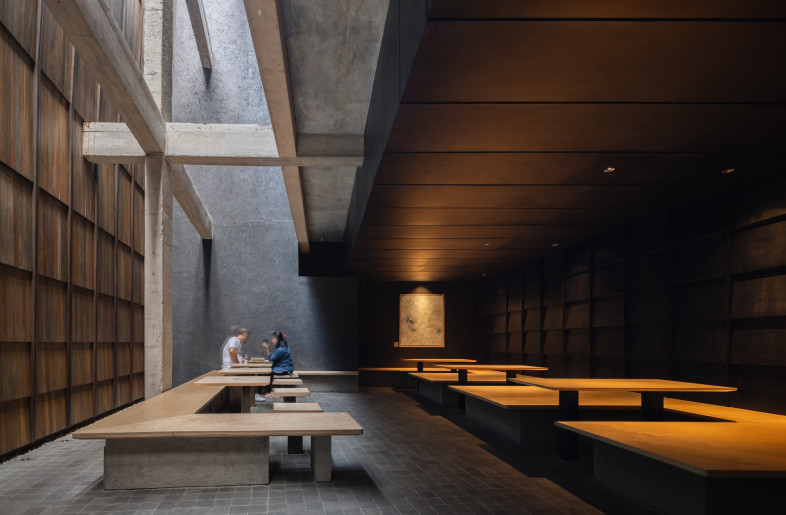Is hospitality design's college campus rush close to dropping out?

It was only a few years ago that major operators were predicting college campus hospitality as the next big thing. But as the pipeline slows and student housing enters crisis mod
Create a free account to read the full article
Get 2 premium articles for free each month
Related Articles
MORE Hospitality
When to-go coffee isn’t part of the culture, Crosby Studios’ slick, ‘transformist’ design draws crowds
-cover-thumb.jpg)
FRAME’s summer selection: 10 fresh, sunny spaces for the season’s dog days

Environmental and cultural sustainability embed a Dutch artist's residence in its locale

How over 30 creatives brought this wellness-driven urban retreat in London to life

This week, the Berlin-est of Berlin hotels, a powerhouse pair at an Osaka museum and more

A dramatic void in a Batam dessert shop brings light, ventilation and a connection to the elements

Goodbye, city life! At 4 hotels, remoteness is crucial to design

Can designing hotels give fashion a new edge?

A metal and woodworking past isn’t hidden. Instead, a Houston space embraces its materials
